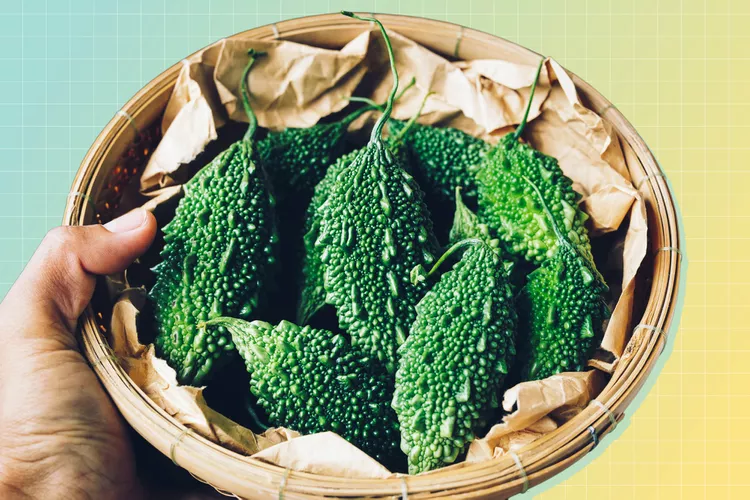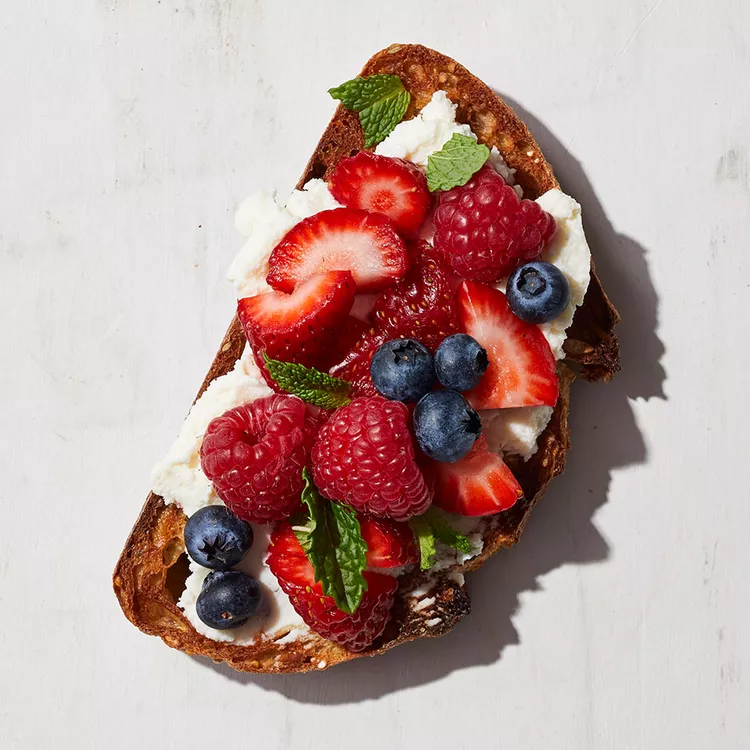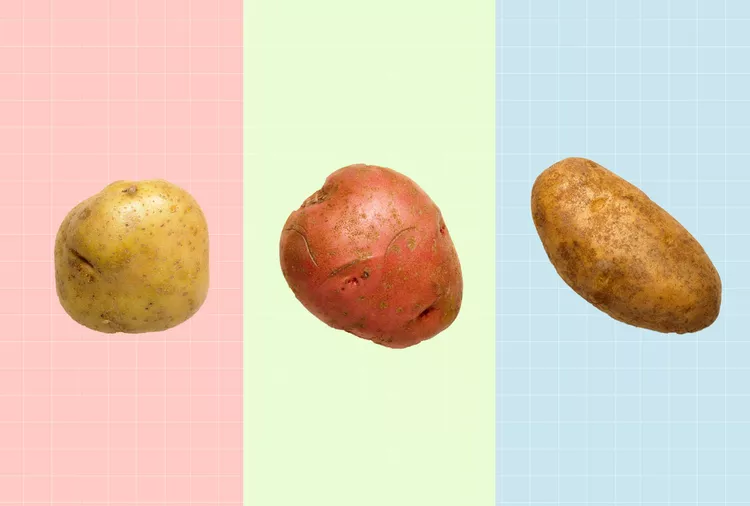What is a macchiatos, Lattes, cappuccinos, all originate from a base of espresso, but they each offer a distinct coffee experience based on the proportions of steamed and foamed milk used. The subtle differences not only affect the taste and texture but also influence the caffeine content in each beverage.
For even the most passionate coffee lovers, it can be quite challenging to differentiate between these popular drinks, especially when considering their unique ingredients, caffeine levels, and nutritional profiles.
In this article, we will delve into the key distinctions and similarities among cappuccinos, lattes, and macchiatos. By the end, you’ll have a clearer understanding of what makes each of these delightful beverages special, allowing you to make an informed choice on your next café visit!

Contents
How they’re made
The preparation method is a primary factor that sets these three beloved caffeinated drinks apart.
Cappuccino
A cappuccino is a favored coffee choice that layers a shot of espresso with steamed milk and a generous amount of milk foam. Typically, a classic cappuccino consists of equal thirds: approximately 1/3 espresso, 1/3 steamed milk, and 1/3 foamed milk. This delightful combination results in a creamy, rich, and smooth flavor profile that coffee enthusiasts adore.
Latte
The term “café latte” translates to “coffee milk,” aptly describing this popular drink. While there is no strict recipe, a latte generally involves adding a significant amount of steamed milk to a shot of espresso. It is often finished with a delicate layer of foam on top, and many choose to enhance its sweetness with sugars or sweeteners. With a larger proportion of steamed milk compared to other espresso drinks, lattes deliver a milder, slightly sweet flavor that is pleasing to the palate.
Macchiato
In contrast, a traditional macchiato is characterized by its simplicity, consisting of just a small splash of milk added to a shot of espresso. There are variations, such as the latte macchiato, which features a shot of espresso poured over a glass of hot milk. Because it contains only a minimal amount of milk, the macchiato boasts a much bolder flavor than its counterparts. Typically, it is served in a smaller size, with a standard serving of just 1 1/4 ounces (37 ml).
Understanding these differences can enhance your coffee experience, allowing you to choose the perfect drink that suits your taste preferences!
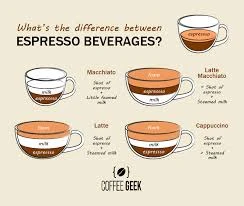
Caffeine contents
All three coffee beverages—cappuccino, latte, and macchiato—feature comparable caffeine levels per serving, making them popular choices
for those seeking a caffeine boost. Both cappuccinos and lattes incorporate a single shot of espresso, resulting in an
equivalent caffeine content. A standard medium-sized cappuccino or latte, which is approximately 16 ounces (475 ml), generally contains
about 173 mg of caffeine. In contrast, a macchiato, which is served in a smaller 2-ounce (60 ml) portion, offers about
half the caffeine content, delivering just over 85 mg of caffeine per serving. This distinction in caffeine
levels may influence your choice depending on how much of a kick you desire
from your coffee experience!

Nutritional value
Cappuccinos, macchiatos, and lattes each boast unique milk and foam ratios, significantly influencing their nutritional profiles. The nutrient composition of these drinks can also shift based on the type of milk selected—such as whole, skim, or non-dairy options—and whether additional sugar or sweeteners are incorporated.
Among these, lattes feature the highest milk content, resulting in a drink that is typically richer in calories, fat, and protein. Cappuccinos contain a moderate amount of milk, providing a balance of calories, protein, and fat while still being indulgent. On the other hand, macchiatos contain only a splash of milk, making them significantly lower in calories, fat, and protein, appealing to those seeking a lighter coffee option.
| Type of drink | Calories | Protein | Total fat | Carbs |
| 16-ounce (475-ml) latte | 206 | 13 grams | 8 grams | 20.5 grams |
| 16-ounce (475-ml) cappuccino | 130 | 8 grams | 5 grams | 13 grams |
| 2-ounce (60-ml) macchiato | 13 | 0.7 grams | 0.5 grams | 1.6 grams |
The bottom line
When it comes to caffeinated beverages, cappuccinos, lattes, and macchiatos are each crafted in unique ways, resulting in their own distinct flavors and textures. The preparation methods, along with the specific ingredients used, contribute to significant variations in their caffeine content and overall nutritional value. For instance, the rich and creamy nature of a cappuccino, the smooth and milky consistency of a latte, and the bold, concentrated flavor of a macchiato each cater to different palates. Ultimately, your choice at the coffee shop will come down to your personal taste and preferences, whether you’re in the mood for a robust espresso experience or a softer, milkier delight.
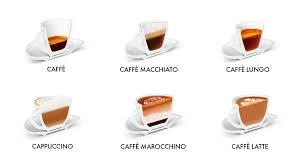
Summary
Cappuccinos, lattes, and macchiatos are all delightful espresso-based beverages, but their preparation methods set them apart. Cappuccinos are crafted with equal parts of espresso, steamed milk, and velvety milk foam, resulting in a rich and creamy drink. In contrast, lattes consist primarily of steamed milk added to a shot of espresso, creating a smoother, milder flavor profile. Macchiatos, on the other hand, offer a bolder experience, made by simply adding a splash of milk to a shot of espresso.
In terms of caffeine content, both cappuccinos and lattes pack a punch, each containing approximately 173 mg of caffeine per 16-ounce (480-gram) serving. Meanwhile, a macchiato is a lighter choice, providing about 85 mg of caffeine in a smaller 2-ounce (60-gram) serving. Additionally, these beverages vary significantly in their nutritional profiles, including differences in calories, carbohydrates, protein, and fat content, depending on the ingredients and milk types used. Whether you’re seeking a creamy indulgence or a quick espresso boost, each drink offers something unique to satisfy your coffee cravings.




